|
Courses |
|
Content Introduction to Integrated Pest Management. Terminology: pest, economic injury level, pest control etc. Sampling methods of insect pest populations. Chemical control: use of insecticides, insecticide metabolism and excretion from insects body. Factors affecting the effective application of insecticides, toxicity, selectivity, insecticide resistance, synergism. The use of non-pesticide substances in chemical control of insect pests (substances that affect insect behavior e.g. pheromones). Biological control methods: Control of herbivorous insects and mites with predatory insects and mites, as well as entomopathogenic bacteria, fungi, protozoa, viruses and nematodes. The use of sterile insect technique (SIT) in pest control. Plant resistance to insect pests. Cultural and mechanical methods for insect pest control.
Learning outcomes Upon the completion of the course students will be able to: (1) understand and be able to apply sampling methods of insect populations, (2) understand the characteristics, potential and constraints of the different available tools and methods for insect pest control, (3) understand the way the different methods of insect pest control could be combined within the main frame of modern Integrated Insect Pest Management concept. |
|
Elective, 6-8th Semester For Erasmus Students courses are taught in English |
|
en |







|
Exams Written exams at the end of the semester.
Supplementary literature sources will be available during the course through e-class. |
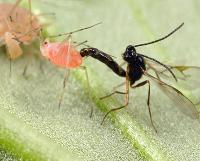
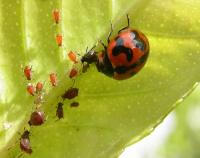
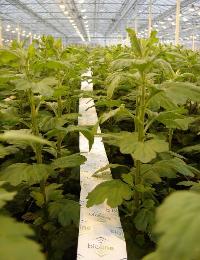
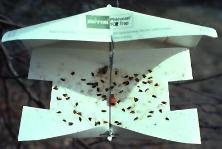
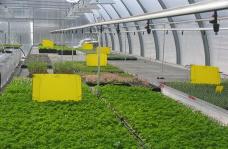
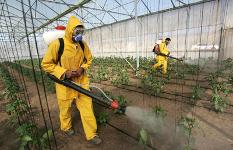





|
Updated March 2015
|
